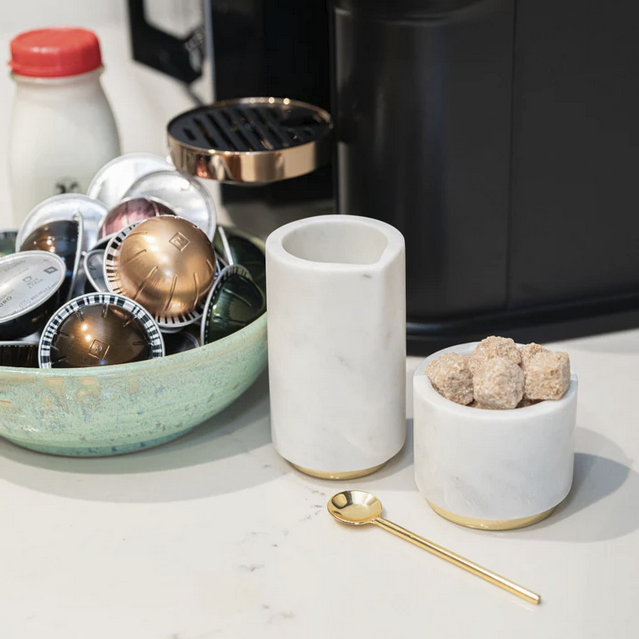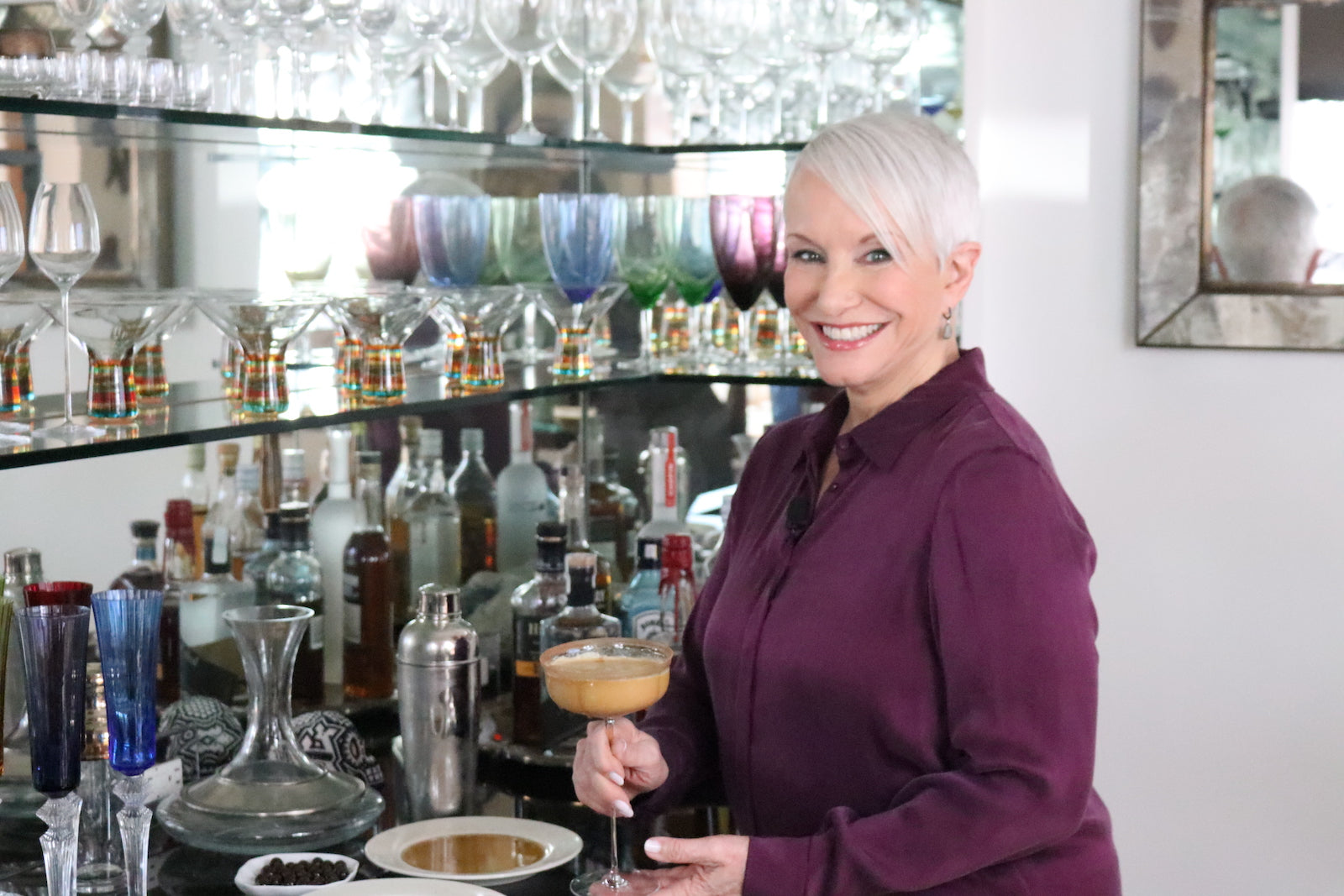Kitchen Hacks
Don’t take your Cutting Board for granted!
Cutting board safety tips – there’s a reason that chefs do the things they do.
When I owned my restaurants we followed some pretty strict guidelines when it came to food preparation. Many of the guidelines are written by state regulators. Most of them though are common sense things, like cutting boards.
The fact is – anything that your food touches can be somewhere that it can pick up contamination of some kind. For instance, if you cut up raw chicken, would you use the same cutting board to slice a tomato? Well, if you do and you don’t rigorously clean the board before you start slicing the tomatoes the danger from cross-contamination – the bacteria that naturally occurs in chicken meat – to anything else is extremely high.
But, it might surprise some people that raw, unwashed fruits and vegetables can also carry bacteria. I’ve seen people take raw, unwashed carrots, cut the tops off of them on the cutting board, then place those same carrots that are now washed and peeled back on the same cutting board to slice. Not a good idea.
Cutting boards need to be washed thoroughly and constantly. Let’s start with our choice of boards.
Wood, Plastic, Glass?
The choice of material can help control the risk of cross contamination.
For a long time, nearly all cutting boards were made of wood. Traditionally they are made out of hardwoods like maple that have a very tight grain and won’t score (scratch) easily. Some people like softer woods like cypress which are less likely to dull knives. Good wood cutting boards tend to be more expensive, are heavy and require quite a bit of care to keep them like new. You need to carefully wash your wooden board after each use with soap and water and thoroughly dry – regularly oil it with food grade mineral oil, and never put it in the dishwasher.
Plastic or silicone boards also have their advantages and disadvantages. Some people don’t like plastic because it can score from your knife cuts and perhaps trap bacteria but I like that I can put mine in the dishwasher to sanitize. I replace my plastic boards before knife damage chips away at the surface.
Glass cutting boards are beautiful, won’t scratch or crack and are easy to clean. BUT, food tends to slip on a glass surface and are also more likely to move around under the pressure of your chopping so the possibility of cutting yourself is a problem. But the worst part about glass boards is that they will dull your sharp knives faster than you can say this sentence!
The Verdict
Some food safety researchers recommend a mix of wood and plastic. I use my wood cutting boards for bread only – that way I don’t ever worry that bacteria is lurking on the surface. It really depends on personal preference and how careful you are with proper cleaning and care, but obviously, the safest method is to use different boards for different foods.
When I’m cooking I use plastic only. For several reasons. You can buy different colors of plastic boards for different types of food – which all but guarantees that you’ll prevent cross contamination between raw proteins and other foods. For instance, I use green for vegetables, red for meat (beef, veal, et cetera), blue for fish and white for chicken and other poultry. This is the rule that’s always followed in restaurants.
Places like Crate and Barrel carry plastic boards that come in all sorts of colors. These boards are kind to your knives, fairly light weight, can be washed with soap and water easily, and if needed they can be soaked in bleach or a vinegar sanitizing solution to keep clean. Another important plus – especially for restaurants – plastic boards are cheaper than wood and can be dumped in the recycle bin when you’re done with them.
Be safe!
























